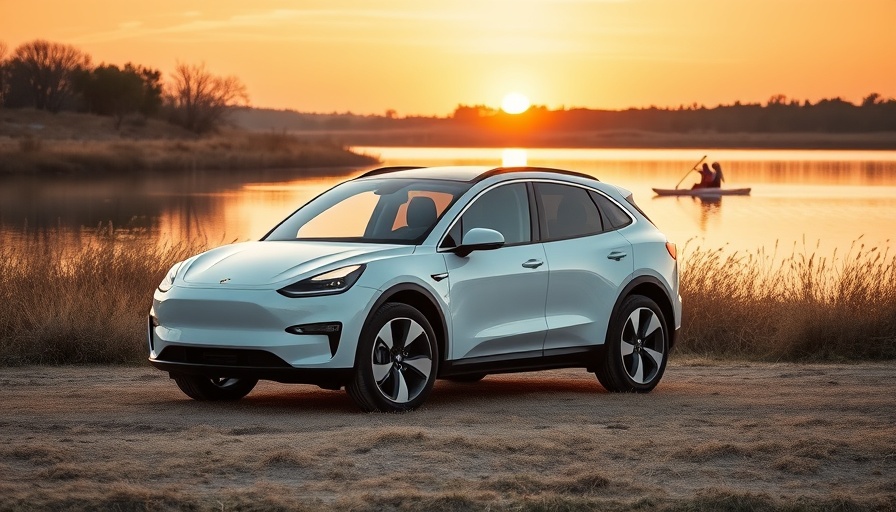
Why the 2026 Mercedes-Benz CLA EV's Charging Limits Are Significant
The newly unveiled 2026 Mercedes-Benz CLA EV introduces impressive advancements in electric vehicle technology, notably its capability to fast-charge up to 320 kW. However, an unexpected hurdle arises from its incompatibility with widely accessible 400-volt DC fast chargers. With most Tesla Superchargers operating at 470 volts, CLA EV owners will need to make essential adjustments to their charging habits.
The Shift to NACS Charging: Opportunities and Challenges
The CLA EV marks a notable transition in the automotive industry through its adoption of the North American Charging Standard (NACS). This decision aligns Mercedes-Benz with Tesla's innovative charging infrastructure but poses logistical challenges for new owners. While future charging stations may integrate the necessary 800-volt technology compatible with NACS, current infrastructure will constrain new CLA EV drivers until these become available.
Mercedes-Benz's Rationale: A Double-Edged Sword?
Mercedes has described the CLA's architecture as cutting-edge, claiming that it allows for a more efficient and rapid charging process compared to previous 400-volt systems. Yet, the question of why the CLA is unable to utilize existing 400-volt chargers remains open-ended. As electric vehicle adoption surges, a lack of charging compatibility could prove to be a critical drawback for the brand. This raises questions regarding customer satisfaction and practicality.
The Competitive Landscape: Comparing Charging Flexibility
Compared to other electric vehicles on the market today, such as the Hyundai Ioniq 5 and the Porsche Taycan, which can effectively utilize both 400-volt and 800-volt charging stations, the CLA’s rigid charging limitations present hurdles. The flexible options offered by its competitors may present a compelling reason for some consumers to explore alternatives, raising the stakes for Mercedes in the competitive EV landscape.
Future Insights: What Lies Ahead for EV Charging Technology?
As electric vehicle technology continues to evolve, the necessity for a versatile charging environment becomes ever more critical. Predictions suggest that the growing number of 800-volt DC fast chargers will converge with consumer demand, potentially aligning with the CLA EV’s capabilities. However, the timeline for these advancements remains uncertain. Collaboration among manufacturers and infrastructure developers will be essential in driving this evolution.
Looking Ahead: An Actionable Guide for CLA EV Enthusiasts
For those eagerly awaiting the arrival of the 2026 CLA EV, preparing for charging strategies is crucial. Here are a few tips:
- Identify High-Voltage Charging Stations: Prioritize locating 800-volt charging stations in your area, which will ensure compatibility with your new vehicle.
- Utilize CCS Adapters: Familiarize yourself with using CCS adapters to access existing fast-charging networks while you wait for more specialized infrastructure to develop.
- Stay Informed: Regularly check updates from Mercedes-Benz regarding charger compatibility and the expansion of NACS stations.
Conclusion: The Road Ahead for Electric Vehicles
The release of the 2026 Mercedes-Benz CLA EV illustrates both the promise and challenges of embracing new technologies in an evolving automotive landscape. The disconnect between advanced architecture and real-world charging infrastructure highlights a needed focus on enhanced consumer access to charging technology. As this dynamic industry continues to grow, remaining informed and adaptable will be essential for all EV enthusiasts.
 Add Row
Add Row  Add
Add 




 Add Row
Add Row  Add
Add 

Write A Comment